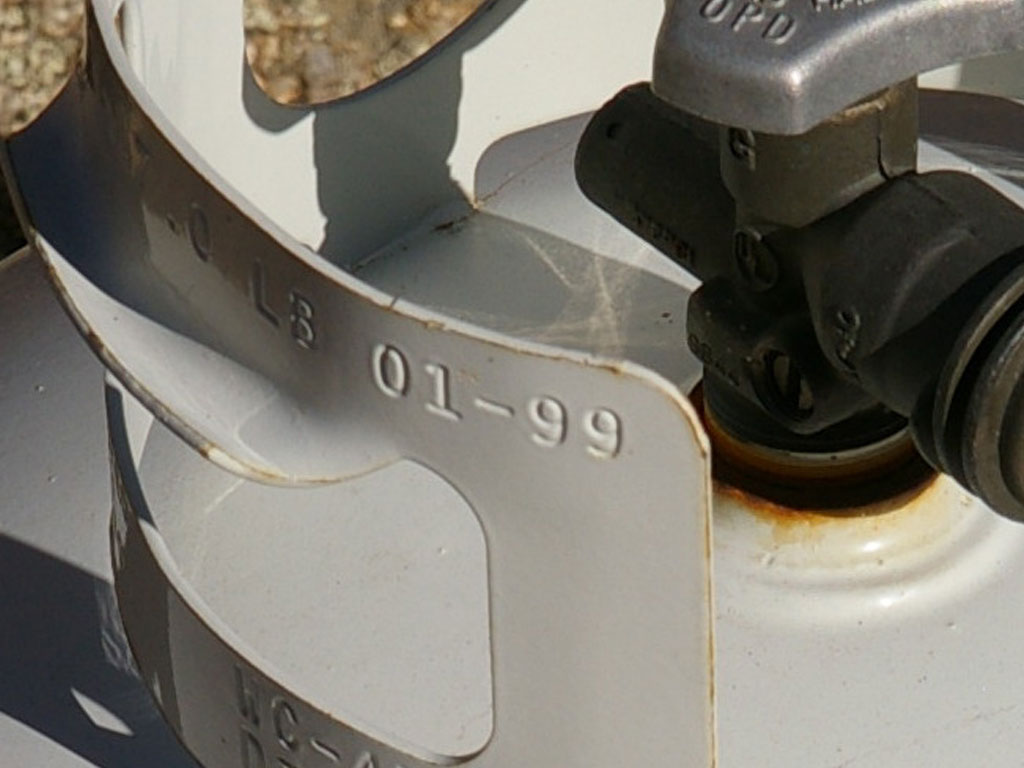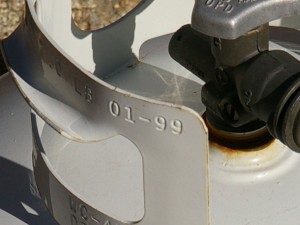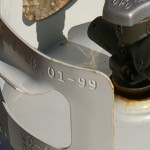
 It’s no secret propane is an important element in most family preparedness plans, as it is an excellent option for both comfort heat and cooking food.
It’s no secret propane is an important element in most family preparedness plans, as it is an excellent option for both comfort heat and cooking food.
For use as a heat source, propane heater heads and commercially available heaters like Mr. Heater are excellent sources of high-BTU heat for your work space.
To use propane as heat for cooking, some propane heater heads feature a burner surface atop the head itself which will work with just about any pot, kettle, or pan. Also available to the consumer are camp-style propane cook stoves that attach to the small propane bottles, and with an adapter, also connect to refillable consumer propane tanks.
What is Propane?
Propane is a gaseous byproduct taken from the refining of both crude oil and natural gas. It is compressed into a liquid at relatively low pressures and will convert back into a flammable vapor under the typical atmospheric conditions found anywhere on earth.
Propane was first synthesized back in 1910, it has been in commercial production since the 1920′s.
Propane has been used as a consumer product for the last 100 years and tight government regulations require propane hardware designs that are fairly fool-proof and reasonably safe to use, when used according to design and manufacturer’s guidelines.
Refillable propane tanks are a highly regulated item due to the potential for disaster upon failure. No one really wants to be in the vicinity of an explosion and fire resulting from a leaking propane cylinder. To help ensure this does not happen to you, here’s what you need to know first about dating and the aging of consumer propane tanks:
Instructions For Finding The Tank Manufacture Date
- Locate the collar of your propane tank. The collar is the raised piece of metal at the top of the tank, surrounding the valve.
- Stamped on the collar horizontally, look for a string of 4 large digits. This indicates the manufacturing date.
- The first two numbers represent the month the propane tank was manufactured. The second two numbers represent the year the propane tank was manufactured in.
- Subtract the year that the propane tank was manufactured from the current year to determine the age of your propane tank.
Re-qualified Tanks
If your propane tank has been re-qualified, the re-qualification date will either be printed on an oval sticker and affixed to the collar welded on top of the cylinder, or alternatively the date may be stamped vertically on the collar. If the re-qualification date does not have a letter to the right of it, your propane tank needs to be re-qualified within 12 years of the re-qualification date. If the re-qualification date has a letter “S” to the right of it, then your propane tank needs to be re-qualified within 7 years of the re-qualification date. If the re-qualification date has the letter “E” to the right of it, then your propane tank needs to be re-qualified within 5 years of the re-qualification date.
Expired tanks can be exchanged for new or re-qualified substitutes by visiting any of the major big box stores, or home improvement centers located nationwide. Look for the large white metal lockers filled with empty tanks directly in front of the main building. Simply inquire inside to complete the paid exchange.
Warnings
It may not be safe to use a propane tank that is 12 years older than its manufacture date if it has not been re-qualified until you have it inspected and re-qualified to ensure that it is safe to use.
Never store propane tanks indoors or in any other sealed environment due to the risk of explosion.
Propane is flammable and explosive! Always read, understand and follow the safety directions that come with every propane product you own and use.







